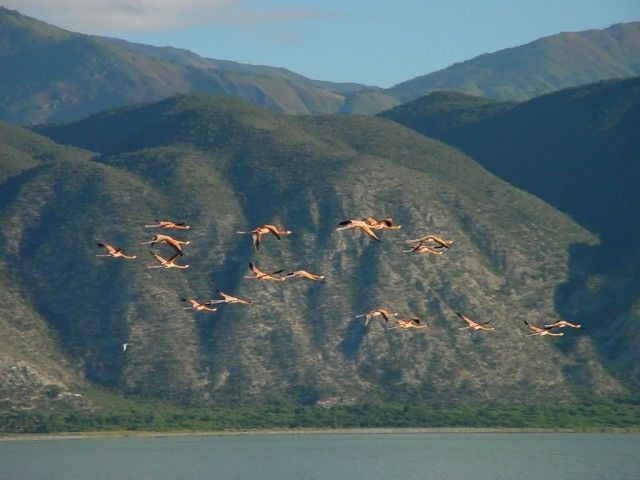Time to protect flamingos

Santo Domingo.- Their particular intense pink to pinkish-white or orange-pink plumage, as well as their long legs and neck make people see them from afar, even when they rest in calm waters of wetlands, estuaries, gullies and other water sources.
The presence of these in any of these spaces indicates the quality of the water, especially in the wetlands, where they most often live and collect the food they eat.
These are flamingos, large birds with a very characteristic color that belong to the Order Phoenicopteriformes, Family Phoenicopteridae, aquatic species that include the current flamingos.
“There are six species of the genus Phoenicopterus, distributed throughout the world, except Oceania, but in Hispaniola there is only one variety, the Phoenicopterus ruber, also known as the Caribbean flamingo, pink or American flamingo,” according to Rosanna Guzmán, a technician at the Directorate. of Biodiversity and Wild Life of the Ministry of Environment and Natural Resources.
Guzmán, a scholar of these species, affirms that flamingos are birds that are easy to recognize due to their characteristic color, large and extremely curved beak, very long


















Flamingos can be observed at Lago Enriquillo and Laguna de Oviedo.